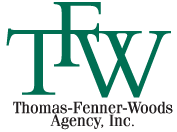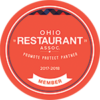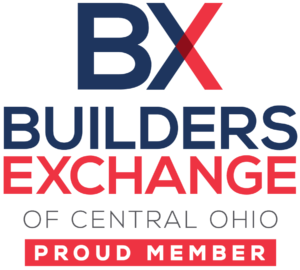You’ve heard the old adage about people not learning from history being doomed to repeat it? This is certainly applicable to the safety programs of businesses. If accidents are to be avoided, the business must learn how and why they happen in the first place. It’s only through this knowledge that businesses can prevent such accidents from recurring.
An accident investigation should be devised in a manner that will gather information thoroughly and objectively, not assign blame or point fingers carelessly. Accidents are rarely the result of one solitary causative agent. In fact, they generally involve a multitude of direct and indirect factors that result in human failure, mechanical failure, and/or poor work environment. Once a thorough investigation is completed, the business should effectively be able to develop new training and safety protocols to prevent the same incident from happening again. Here are 10 tips to assist you in conducting an investigation into an accident:
- Always make sure any injured individuals receive appropriate first aid treatment and medical care.
- Don’t disturb the area where the accident took place.
- Secure the accident area.
- Ensure the site is safe before beginning an investigation, but begin the investigation as soon as it is safe to do so to make sure that evidence hasn’t been disturbed and the incident is fresh on the minds of witnesses.
- The safety program should define employee protocol for dealing with an accident site.
- The safety program should also have an investigation guideline and checklist to ensure proper protocol adherence.
- Materials needed to conduct an investigation should be readily available – camera, video recorder, personal protective equipment, notepads, pens and markers, accident and incident forms, checklists, measuring tape, evidence containers, and so forth. These should be used to document the site of the accident thoroughly, gather and record information, and preserve evidence.
- All witnesses should be documented immediately and interviewed as soon after the accident as possible.
- Anyone who used the equipment involved or that was near the accident scene just before or after the accident should also be documented immediately and interviewed as soon as possible.
- Objective questions should be asked in a manner that will give a comprehensive snapshot of the accident, events leading up to the accident, and the conditions of the environment surrounding the accident. This should include supervisory instruction, equipment condition, work protocol, weather conditions, and such.
From the above, the business should be able to analyze the collected information and evidence and determine how and why the accident occurred. From there, the business will be able to create or adjust safety and training protocols to prevent future accidents.





